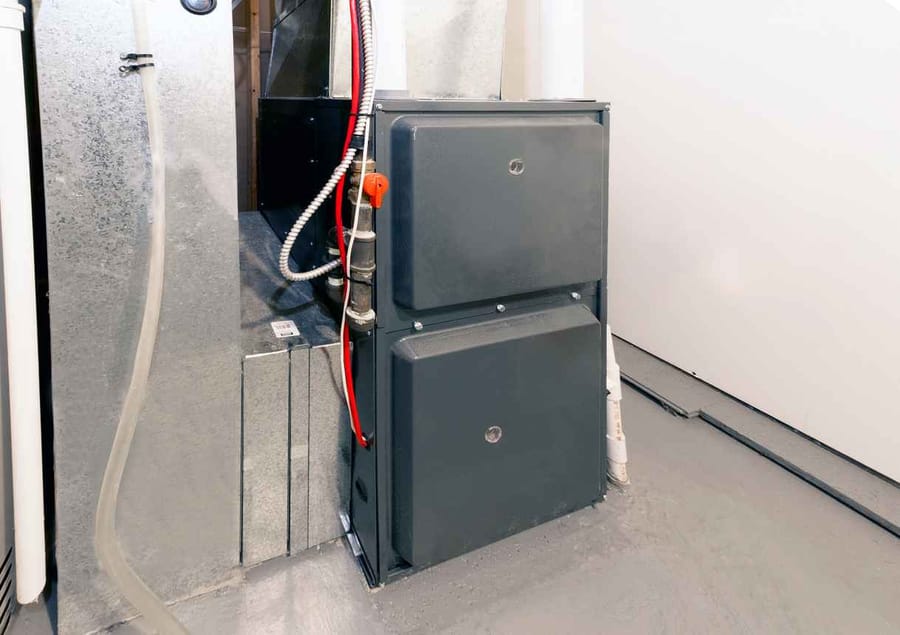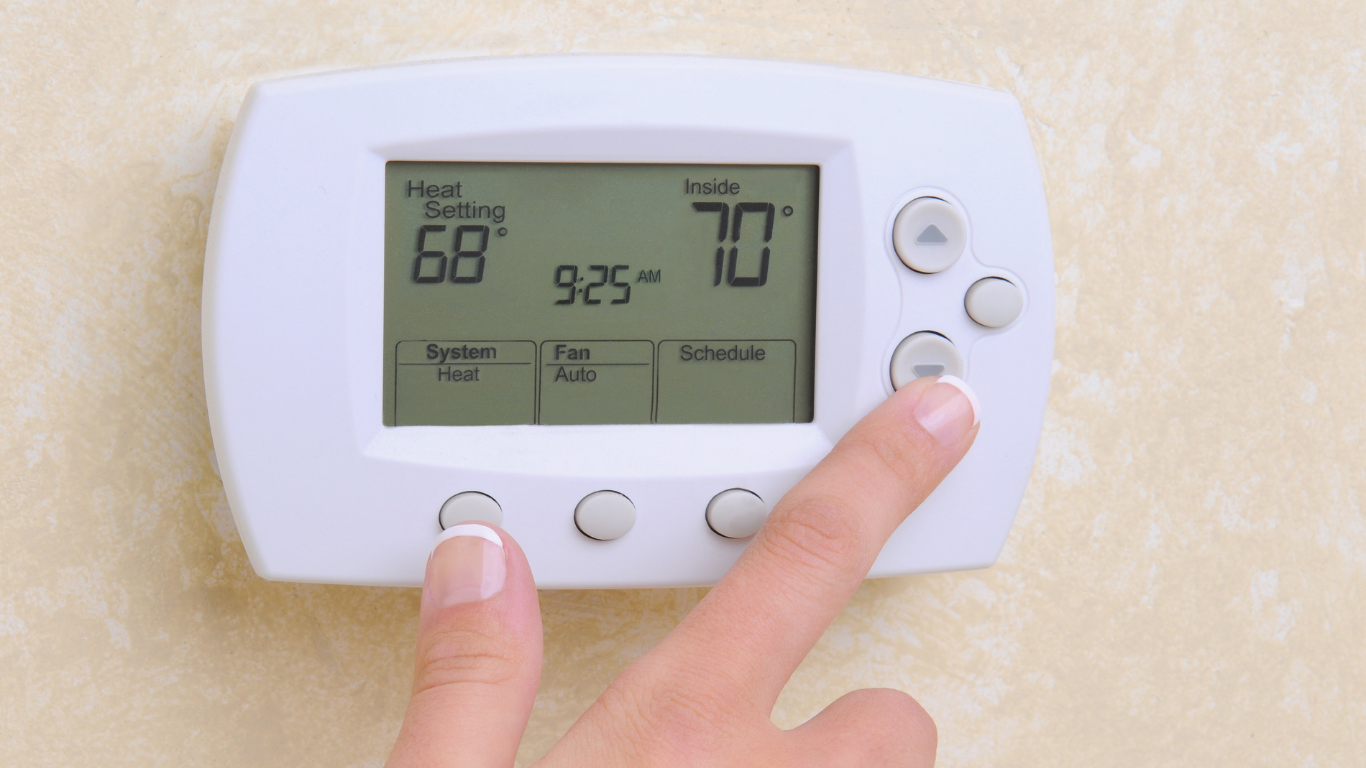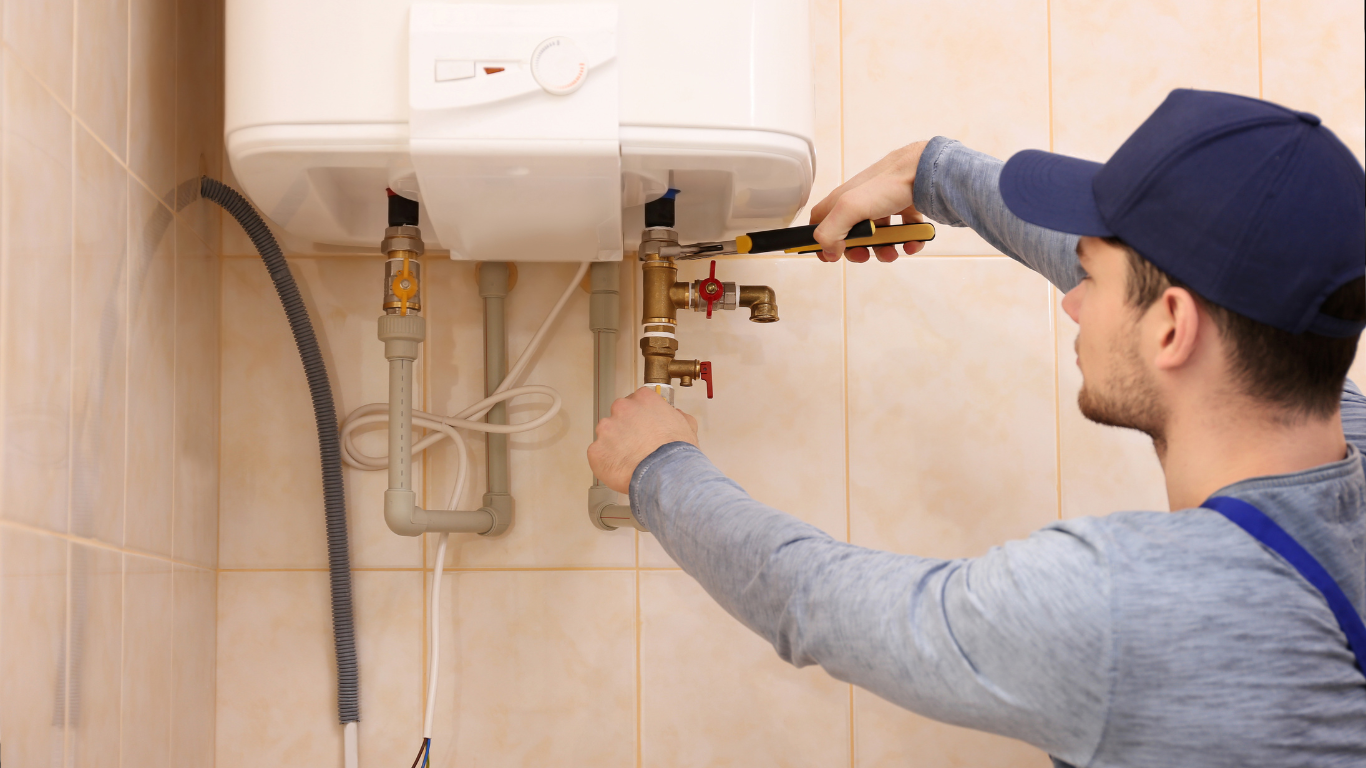greater Denver
Metro area

Signs Your Furnace Won’t Keep Up With Denver’s Harsh Winter Temperatures

Denver winters are known for freezing temperatures, powerful cold fronts, and long stretches of below zero wind chills. When the cold settles in, your furnace becomes the most important system in your home. But even a reliable furnace can begin to struggle when harsh winter weather pushes it to its limits. If your heating system cannot keep up, you may experience discomfort, higher energy bills, or even complete system failure during the most dangerous part of the season.
The good news is that furnaces rarely fail without giving clear warning signs. From uneven heating to unusual noises, your system will usually tell you when it is having trouble maintaining indoor comfort. Recognizing these signs early allows you to schedule repairs or consider a replacement before Denver’s coldest months arrive.
This blog highlights the most common indicators that your furnace may not be ready for winter. By paying attention to how your system performs now, you can take proactive steps to stay warm, safe, and energy efficient throughout the season.
Why Denver Winters Challenge Older or Weak Furnaces
Denver’s winter climate puts intense pressure on heating systems. Between dramatic temperature swings, high elevation, and long periods of freezing weather, even a well maintained furnace can struggle to keep up. Understanding why the region is so demanding on HVAC equipment helps homeowners recognize furnace problems early.
High Elevation Reduces Furnace Efficiency
Denver’s elevation means the air is thinner, making it harder for gas furnaces to burn fuel efficiently. Lower oxygen levels affect combustion, reducing heat output compared to the same system operating at sea level. Older or undersized furnaces feel this impact the most.
Sudden Cold Fronts and Extreme Temperature Drops
Denver is known for temperature swings that move from mild to freezing in a matter of hours. When cold fronts sweep in, furnaces must work significantly harder to maintain indoor comfort. Systems already struggling may fail to keep up during these rapid drops.
Dry Climate Causes Mechanical Wear
Colorado’s dry air can dry out lubricated components inside the furnace. This increases friction on moving parts, contributing to blower motor wear, reduced airflow, and early component failure. Older systems are especially vulnerable to this type of climate related stress.
Older Homes With Minimal Insulation
Many Denver homes, particularly those built before modern efficiency standards, have inadequate insulation. Poor insulation forces a furnace to run longer and harder to maintain temperature. If the system is already near the end of its lifespan, this additional strain can quickly lead to performance issues.
Sign 1: Your Home Has Uneven Heating
When your furnace is struggling to keep up with Denver’s harsh winter temperatures, uneven heating is often one of the first things you notice. Different rooms warming at different rates is a common sign that your system cannot distribute heat properly or that it lacks the power needed to heat your home evenly.
Cold Spots in Certain Rooms
If some rooms feel noticeably colder than others, your furnace may be losing efficiency. Common causes include:
-
Weak airflow from aging blowers
-
Blocked or poorly sealed ducts
-
Decreased heat output due to wear and tear
-
An undersized furnace that cannot keep up with demand
These cold spots tend to worsen during extreme weather, making your home feel drafty and uncomfortable.
Upper Floors Too Warm and Lower Floors Too Cold
Heat naturally rises, but excessive temperature differences between floors often indicate an airflow imbalance. When the furnace cannot push warm air evenly throughout the home, upper floors may overheat while the lower level feels chilly. This is especially common in multi story Denver homes where winter temperatures put added strain on the system.
What Uneven Heating Says About Furnace Performance
Uneven heating usually means your furnace is:
-
Losing efficiency due to age
-
Struggling to move air through the duct system
-
Undersized for your home’s square footage
-
Unable to keep up with winter heat demand
If your home rarely feels evenly warm, especially during deep freezes, it is a strong sign that your furnace needs attention before temperatures drop further.
Sign 2: Your Furnace Runs Constantly but Still Feels Cold
During Denver’s coldest months, it is normal for your furnace to run more frequently. However, if it seems like your system is running nonstop and your home still feels chilly, this is a clear sign that your furnace may be struggling to keep up with demand.
Continuous Cycling Explained
A furnace that runs constantly without reaching the thermostat setting is often experiencing one of the following issues:
-
Reduced heating capacity due to age
-
Dirty or clogged filters restricting airflow
-
Weak blower performance
-
Duct leaks that allow heated air to escape
When the furnace cannot keep up, it runs longer and harder, causing unnecessary wear and energy waste.
Why Undersized or Aging Furnaces Struggle During Extreme Cold
As furnaces age, their heating performance gradually declines. Denver’s extreme winter temperatures make this decline even more noticeable. An older or undersized system may:
-
Produce less heat than it once did
-
Take longer to warm the home
-
Fail to maintain stable indoor temperatures
If your home never seems to reach the temperature you set, the furnace may no longer have the capacity required for Colorado’s freezing conditions.
Signs Your System Can No Longer Meet Heating Demand
Your furnace may be falling behind if you notice:
-
The indoor temperature dropping during cold spells
-
Constantly adjusting the thermostat with little improvement
-
Rooms warming too slowly
-
Warm air blowing from vents but the home staying cold
This sign typically gets worse with colder weather, making early action important for winter comfort and safety.
Sign 3: Rising Energy Bills Without Increased Usage
If your utility bills spike during the winter even though your heating habits have not changed, your furnace may be losing efficiency. This is one of the clearest signs that your system is working harder than it should to keep your home warm during Denver’s coldest days.
Furnace Overworking to Maintain Temperature
As a furnace ages or begins to fail, it often compensates by:
-
Running longer heating cycles
-
Operating at higher output for extended periods
-
Struggling to reach the thermostat setting
The harder the system works, the more energy it consumes, leading to noticeably higher monthly bills.
Loss of Efficiency Due to Age or Mechanical Wear
Over time, critical components begin to wear down, such as:
-
Blower motors
-
Heat exchangers
-
Ignition systems
-
Internal bearings
When these parts degrade, the furnace must work significantly harder to produce the same amount of heat. In Denver’s dry climate, mechanical wear often happens faster than in other regions.
Why Sudden Winter Bill Spikes Are a Red Flag
If your bills rise dramatically during a cold spell, it often means:
-
Your furnace is operating beyond its capacity
-
Heat is escaping through leaks or poor airflow
-
The system is nearing the end of its lifespan
Ignoring this sign can lead to even higher costs and potential system failure during extreme temperatures.
Sudden increases in heating costs are one of the strongest indicators that your furnace needs maintenance, repairs, or possibly a replacement to handle Denver’s winter demand.
Sign 4: Your Furnace Is Making Strange Noises
A healthy furnace should operate with a steady, low background sound. If you begin hearing loud, unusual noises, it could mean that your furnace is struggling to keep up with winter demand or that internal components are wearing out. Denver’s cold weather only increases the stress on a failing system.
Rattling, Grinding, or Booming Sounds
Unusual noises often indicate mechanical issues such as:
-
Loose or damaged blower components
-
Worn bearings or belts
-
Delayed ignition causing a boom or pop
-
Loose ductwork vibrating from increased airflow
These sounds tend to get worse when the furnace has to work harder during freezing temperatures.
How Cold Weather Stresses Internal Components
Denver’s winter temperatures cause metal components to expand and contract repeatedly. Over time, this movement strains:
-
Heat exchangers
-
Blower motors
-
Burners
-
Electrical connections
A furnace already showing wear will produce more noise as these parts struggle to function under constant stress.
When Noises Indicate a Failing Blower or Heat Exchanger
Some sounds are strong signs of serious problems:
-
A loud screeching noise may mean the blower motor is failing.
-
A booming noise during startup can indicate burner ignition issues.
-
A persistent rattling or popping sound may point to cracks in the heat exchanger.
A cracked heat exchanger is especially dangerous because it can allow carbon monoxide to leak into your home. Any unusual furnace noise should always be checked by a professional before winter temperatures drop further.
Sign 5: Frequent Cycling or Difficulty Starting
If your furnace is turning on and off repeatedly or struggling to start, it is a clear sign that the system is having trouble operating efficiently. Frequent cycling puts extra strain on the furnace and leads to higher energy bills, more wear on internal components, and a greater risk of system failure during Denver’s coldest weather.
Short Cycling During Cold Spells
Short cycling occurs when the furnace starts and stops more often than normal. This can be caused by:
-
Overheating from restricted airflow
-
A malfunctioning thermostat
-
A failing blower motor
-
An improperly sized furnace
During extreme cold, an undersized furnace may short cycle because it cannot keep up with heat demand and struggles to maintain temperature.
Thermostat Struggling to Communicate
If your thermostat is outdated, failing, or incorrectly calibrated, it may cause:
-
Delayed ignition
-
Repeated restarts
-
Temperature inconsistencies
In Denver’s winter climate, this becomes more noticeable as the furnace works harder to reach the set temperature.
Why Ignition Issues Worsen in Freezing Temperatures
Cold weather affects furnace ignition components in several ways:
-
Condensation can form on ignition parts
-
Burners may struggle to light consistently
-
Older igniters become less responsive in frigid conditions
If your furnace hesitates before turning on or fails to ignite on the first attempt, it is at risk of shutting down completely when you need heat the most.
Frequent cycling and startup problems are major indicators that your furnace is no longer performing efficiently and may fail during extreme weather. Addressing these issues early is essential for staying safe and warm throughout winter.
Sign 6: Your Furnace Is More Than 12–15 Years Old
Age is one of the most important factors in determining whether your furnace can keep up with Denver’s demanding winter climate. Even the best maintained furnace gradually loses performance and efficiency over time. Once a system reaches 12 to 15 years old, it becomes far more likely to struggle during freezing temperatures.
Typical Furnace Lifespan at High Elevation
At Denver’s elevation, furnaces tend to have a shorter functional lifespan than systems at sea level. Thin air affects combustion efficiency, forcing older units to work harder to produce the same level of heat. This added strain shortens the useful life of burners, motors, and heat exchangers.
Efficiency Declines With Age
As the furnace ages, its internal components naturally wear down. This results in:
-
Reduced heat output
-
Slower warming times
-
More frequent cycling
-
Higher energy use
Older systems also lack modern efficiency features that help maintain consistent heating during severe cold spells.
Why Older Systems Cannot Keep Up With Denver Winters
Denver’s harsh winter conditions expose every weakness in an aging furnace. Older units struggle with:
-
Maintaining consistent airflow
-
Keeping indoor temperatures stable during cold fronts
-
Overcoming heat loss in older or poorly insulated homes
If your furnace is more than 12 to 15 years old and showing any performance issues, it may be approaching the end of its service life. Planning ahead can help you avoid unexpected breakdowns in the middle of a deep freeze.
Stay Warm and Safe by Addressing Furnace Issues Early
Denver winters are no time for your furnace to fall behind. When temperatures drop into the teens or below, even small performance issues can quickly become major heating problems. By paying attention to early warning signs such as uneven heating, constant cycling, rising energy bills, unusual noises, or startup struggles, you can take action before your system fails during dangerous cold spells.
Older furnaces are particularly vulnerable to Denver’s extreme winter demands. If your system is approaching the end of its lifespan or showing symptoms of decline, scheduling a professional inspection now can help prevent a mid-season breakdown and keep your home warm and comfortable all winter long.
If you are concerned about your furnace’s performance or want peace of mind before the next cold front arrives, Rogers & Sons is here to help. Our experienced team provides thorough diagnostics, honest recommendations, and high quality repairs and replacements designed for Colorado’s unique climate.
Schedule your furnace tune up or inspection today and make sure your home stays safe, warm, and energy efficient all winter long.




